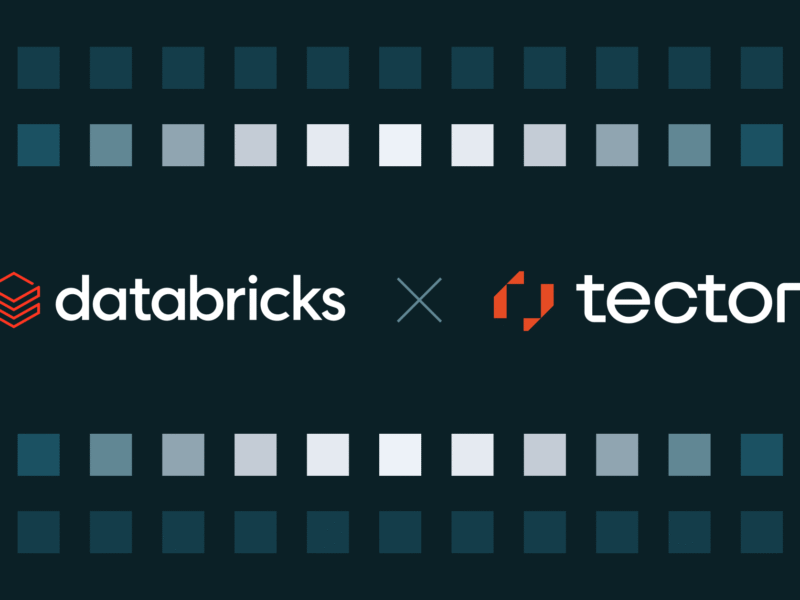When it comes to software development, the two most important things are security and speed. Traditional security measures can sometimes slow down releases. DevSecOps integrates security into the DevOps pipeline. The idea is great, but most teams struggle to strike a balance between speed and safety. The key is to embed security into the development lifecycle without compromising speed. In this blog, we will see how you can implement DevSecOps without slowing down your delivery pipelines.
1. Shift Left, But Do It Smartly
DevSecOps is based on the concept of moving security to the left – that is, implementing security practices earlier in the Software Development Life Cycle (SDLC). Software Development Life Cycle (SDLC).
Shift Left does not mean developers are expected to handle all security workloads. All they need is security-aware development environments, linters, and IDE plugins that can give them feedback instantly. Pre-commit hooks, a static code analysis tool like SonarQube and automated policy checks should be used to flag off early signs of issues without hampering developer productivity. Many teams also find it helpful to partner with DevOps consulting services so that they can create custom security frameworks, select the right toolchain and train teams to use secure coding practices in their workflows.
2. Automate Security Testing
Today’s manual security checks are just too slow for CI/CD pipelines. Automation is the solution. These automated security testing tools should be integrated at every stage:
- Static Application Security Testing (SAST): Scanning source code for vulnerabilities pre-build.
- Dynamic Application Security Testing (DAST): Checking running applications for runtime issues.
- Software Composition Analysis (SCA): Checks open-source dependencies for known vulnerabilities.
3. Use Security-as-Code
If you are looking to integrate security into your DevOps without affecting speed, then you should consider treating security policies as code. Just like infrastructure-as-code, this approach helps teams to version, review and automate security configurations.
Define network policies, RBAC permissions, or container security profiles as code and store them in the same repositories as your application logic. This makes security repeatable, auditable, and automated, all of which support faster delivery.
4. Build Secure Container Pipelines
The security risks associated with containers and Kubernetes have changed. Your system can be exposed through misconfigured Dockerfiles, weak base images, or overly permissive Kubernetes pods..
Here’s how you can secure your containers without slowing down.
- Use minimal base images.
- Scan images during build using tools.
- Enforce runtime policies using Kubernetes Admission Controllers.
- Use signed images and verify them before deployment.
These checks must be added to your CI/CD pipeline to prevent unsecured containers from entering production.
5. Using CI/CD Gatekeeping
A common concern is that security gates can block deployments. The simple solution is to upgrade the gates, not remove them.
- Implement severity-based gating. For example, fail builds only on high or critical vulnerabilities.
- Allow risk-based exceptions. Flag them for further review while allowing the build to continue under specific guidelines.
- Run parallel security tests rather than sequential ones to avoid delays.
Gates should inform and warn, not unnecessarily halt. Over time, the data from these gates can be used to improve policies and reduce false positives.
6. Foster a Security-First Culture
DevSecOps is as much about people as it is about tools. Security must become a shared responsibility across the organization, not the sole domain of the security team.
- Train developers on secure coding practices.
- Celebrate the early detection of vulnerabilities as the team wins.
7. Monitor Continuously in Production
DevSecOps doesn’t end at deployment. Continuous monitoring and threat detection in production are essential to maintain security and avoid delays.
You should implement:
- Runtime Application Self-Protection (RASP) to detect and block real-time attacks.
- Behavioral analytics and anomaly detection.
- SIEM integrations for centralized alerting and response.
By using these tools, you can respond to issues in real-time and minimize the need to halt development or pause deployments for investigation. Organizations that use DataOps services and solutions gain a significant edge by unifying observability, compliance, and threat detection.
8. Measure What Matters
Lastly, don’t forget about metrics. Some of the KPIs you should be tracking include:
- Time taken to identify and solve vulnerabilities
- The quantity of high-risk problems denied before the deployment stage
- False positive rates for automated solutions
- The time that developers use it to do security tasks.
It will be possible to fine-tune your DevSecOps strategy to achieve both security and speed by measuring the right indicators.
Conclusion
It is no longer true that security slows down development. If implemented properly, DevSecOps can even speed up delivery by detecting issues earlier, reducing rework and automating compliance. Such acceleration is done by smart automation, cultural alignment, and minimal friction.
DevSecOps is actually a safety feature rather than an obstacle to innovation. Take the small steps, integrate over time, and always improve your approach. You do not have to compromise security for speed; you only need to align them.
The post How to Implement DevSecOps Without Slowing Down Delivery appeared first on Datafloq.

